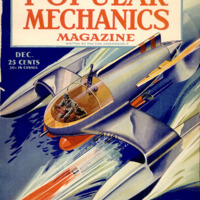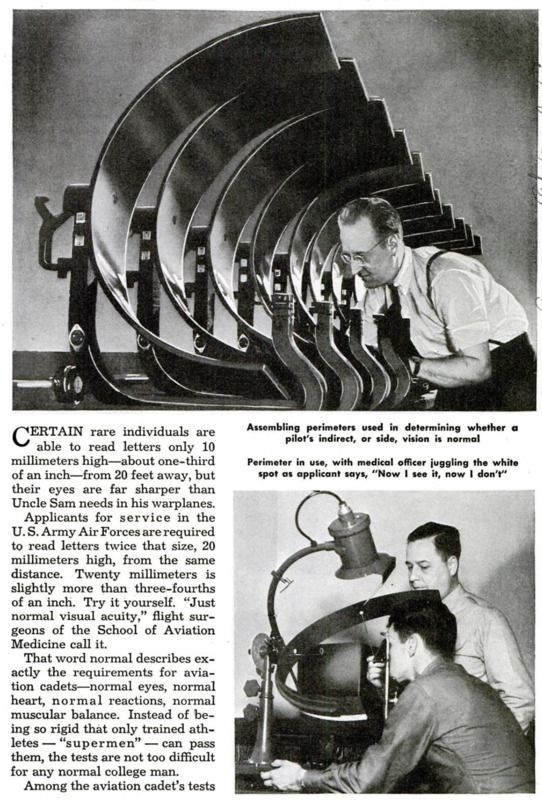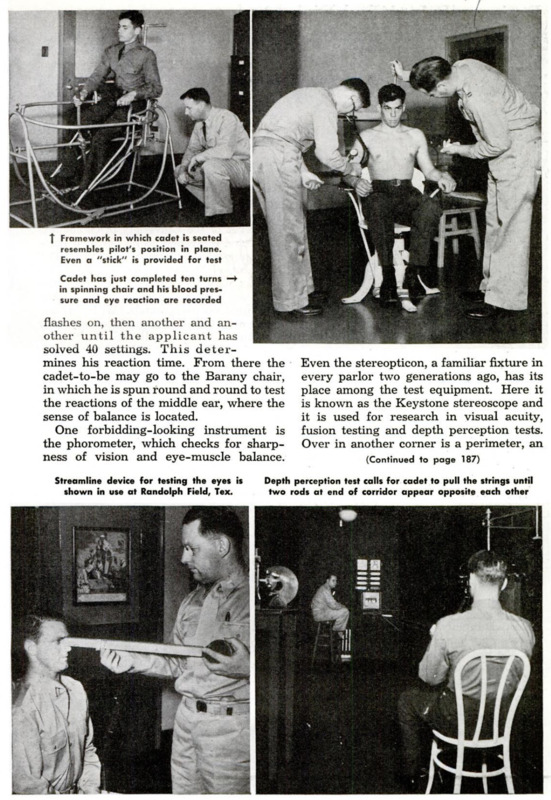No Supermen Wanted
Item
- Title (Dublin Core)
- No Supermen Wanted
- Article Title and/or Image Caption (Dublin Core)
- No Supermen Wanted
- Language (Dublin Core)
- eng
- Temporal Coverage (Dublin Core)
- World War II
- Date Issued (Dublin Core)
- 1941-12
- Is Part Of (Dublin Core)
-
 Popular Mechanics, vol. 76, n. 6, 1941
Popular Mechanics, vol. 76, n. 6, 1941
- pages (Bibliographic Ontology)
- 83-85, 187
- Rights (Dublin Core)
- Public Domain (Google digitized)
- Source (Dublin Core)
- Google books
- Archived by (Dublin Core)
- Enrico Saonara
- Alberto Bordignon (Supervisor)







